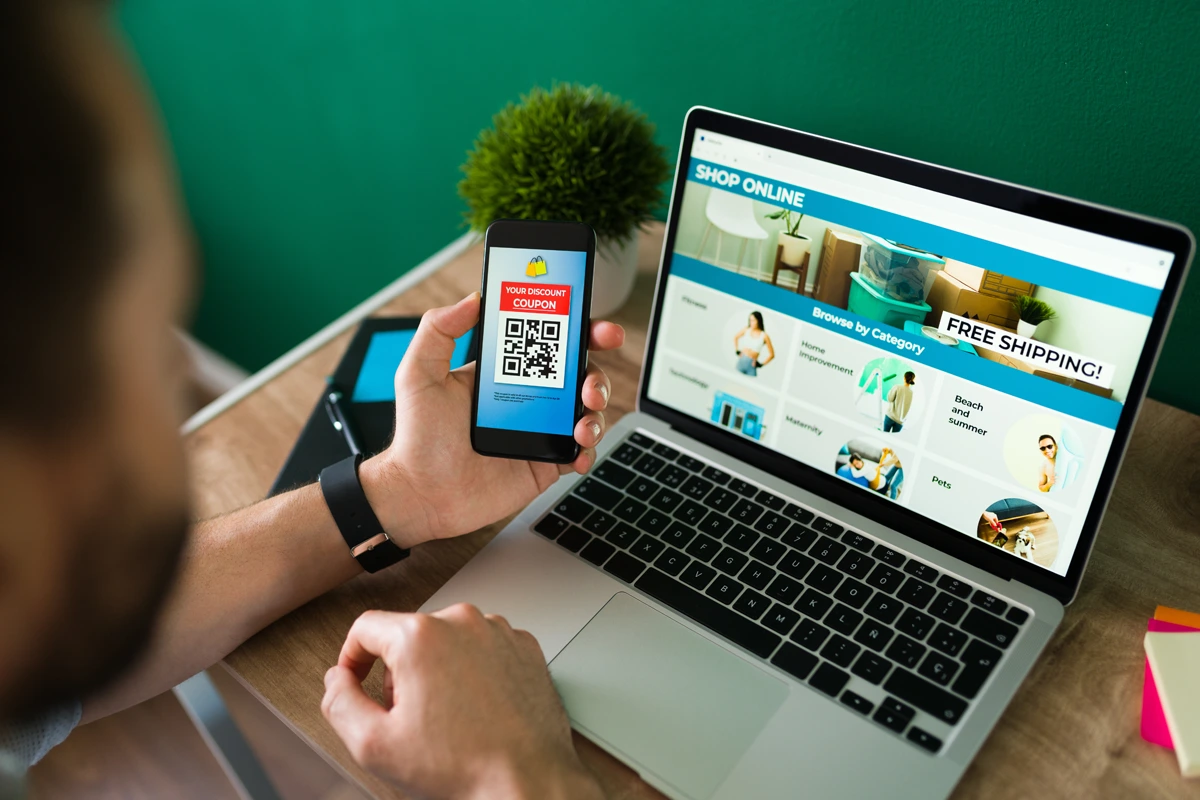Starting an online store has never been easier, and Shopify is one of the best eCommerce platforms for beginners and experienced entrepreneurs alike. Whether you want to sell physical products, digital downloads, or dropshipping items, Shopify offers a user-friendly interface, built-in tools, and seamless integrations to help you launch your store quickly.
This step-by-step guide will show you how to start a Shopify store in 8 simple steps, from choosing a niche to launching and marketing your business.
Table of Contents
ToggleStep 1: Sign Up for Shopify
The first step in starting your Shopify store is creating an account.
- Go to Shopify’s official website and click Start Free Trial.
- Enter your email address, password, and store name.
- Shopify will ask a few questions about your business—answer them accordingly.
- Click Create Store to proceed to your dashboard.
Tip: Choose a store name that is unique, brandable, and easy to remember.
Step 2: Choose & Customize Your Shopify Theme
Your store’s design plays a crucial role in customer experience and conversions. Shopify offers free and paid themes that you can customize to match your brand. To select a Shopify theme:
- In your Shopify dashboard, go to Online Store > Themes.
- Click Visit Theme Store and browse available themes.
- Preview themes and choose one that fits your industry.
- Click Customize to edit colors, fonts, and layouts.
Tip: Free themes are great for beginners, while premium themes offer advanced customization and features.
Step 3: Add Products to Your Store
Now it’s time to add products to your Shopify store.
- In the Shopify admin panel, go to Products > Add Product.
- Enter the product title, description, and price.
- Upload high-quality images (multiple angles help boost conversions).
- Set inventory, variants (size, color), and shipping details.
- Click Save Product.
Tip: Write SEO-friendly product descriptions using keywords to help rank on Google.
Step 4: Set Up Payment & Shipping Options
Before you start selling, you need to configure payment gateways and shipping settings.
How to Set Up Payments
- In Shopify Admin, go to Settings > Payments.
- Choose a payment method (Shopify Payments, PayPal, Stripe, etc.).
- Enter your business and bank details.
- Enable additional payment options like Apple Pay, Google Pay, and Buy Now, Pay Later.
How to Set Up Shipping
- Go to Settings > Shipping and Delivery.
- Add shipping rates based on weight, location, or flat rate.
- Set up free shipping or real-time carrier rates if applicable.
- Click Save Changes.
Tip: Offering free shipping can increase conversions and attract more customers.
Step 5: Create Essential Pages (About, Contact, Policies)
Your Shopify store needs important pages to build trust and provide necessary information to customers. Here are some must-have Shopify pages you should consider having:
- Homepage – Showcase featured products and promotions.
- About Us – Share your brand story and mission.
- Contact Us – Provide customer support details.
- Shipping & Return Policy – Outline policies to avoid disputes.
- Privacy Policy & Terms of Service – Legal pages to protect your business.
Step 6: Optimize Your Store for SEO & Mobile
Search engine optimization (SEO) helps drive organic traffic to your Shopify store. Here are some of the best practices:
- Use relevant keywords in product titles, descriptions, and URLs.
- Optimize meta titles & descriptions for better rankings.
- Enable alt text for product images to improve visibility.
- Install Shopify SEO apps for additional help.
Tip: Ensure your store is mobile-friendly, as most shoppers browse from their phones.
Step 7: Install Essential Shopify Apps
Shopify’s App Store offers plugins to enhance your store’s functionality. Here are some of the best Shopify apps for beginners:
- Oberlo / DSers – For dropshipping automation.
- Privy / Klaviyo – For email marketing & popups.
- Loox / Judge.me – For customer reviews & social proof.
- ReConvert – For upselling & increasing average order value.
Tip: Avoid installing too many apps, as they can slow down your website.
Step 8: Launch & Market Your Shopify Store
Once your store is ready, it’s time to drive traffic and start selling. Here are some of the options you may want to explore:
- Social Media Marketing – Promote products on Instagram, Facebook, TikTok, and Pinterest.
- Facebook & Google Ads – Run paid campaigns to reach targeted buyers.
- Influencer Marketing – Collaborate with influencers to build brand awareness.
- Email Marketing – Send welcome emails, abandoned cart reminders, and special offers.
- SEO Blogging – Write blog content related to your niche to attract organic traffic.
Tip: Consider running a launch promotion with discounts or free shipping to attract early sales.
FAQs About Starting a Shopify Store
Shopify plans start at $39/month. Additional costs include domain, apps, and marketing expenses.
No, you can use dropshipping or sell print-on-demand products without holding stock.
Most beginners can launch their store within a few days to a week, depending on customization and product uploads.
Yes, but it depends on your location and the type of products you sell. Always check local business regulations.
Conclusion: Start Your Shopify Store Today
Starting a Shopify store is a straightforward process, but success depends on choosing the right niche, optimizing your store, and using effective marketing strategies.
Key Takeaways:
- Sign up for Shopify’s free trial and choose a professional theme.
- Add high-quality products and set up payment & shipping options.
- Optimize for SEO and mobile to attract organic traffic.
- Use Shopify apps and marketing strategies to grow your store.
By following these simple steps, you’ll be well on your way to building a profitable Shopify business.
Unlock More Sales—We’ll Run Your Ads FREE for 7 Days!
We’ll create, manage, and optimize your first Facebook and Instagram ad campaign—at no cost. Start growing your store today!
![]()
About the Author

Roel Manarang is a digital marketing strategist with over a decade of experience driving growth for eCommerce brands. As the Head of Strategy at Enamtila, he combines deep expertise in Shopify-powered businesses with a hands-on approach to campaign planning, market analysis, performance optimization, and art direction. By aligning creative visuals with data-driven strategies, Roel crafts campaigns that resonate with audiences, drive sales, and position brands for lasting success in competitive markets.
You may also like
10 Shopify SEO Strategies for Beginners
You’ve launched your Shopify store—congrats! Now comes the hard part:…
13 Shopify Product Page SEO Best Practices
If your Shopify product pages aren’t ranking, you’re missing sales. Most store…
7 Easy Steps to Add Shopify to Instagram
Instagram has become a powerful sales channel for e-commerce businesses. With…


